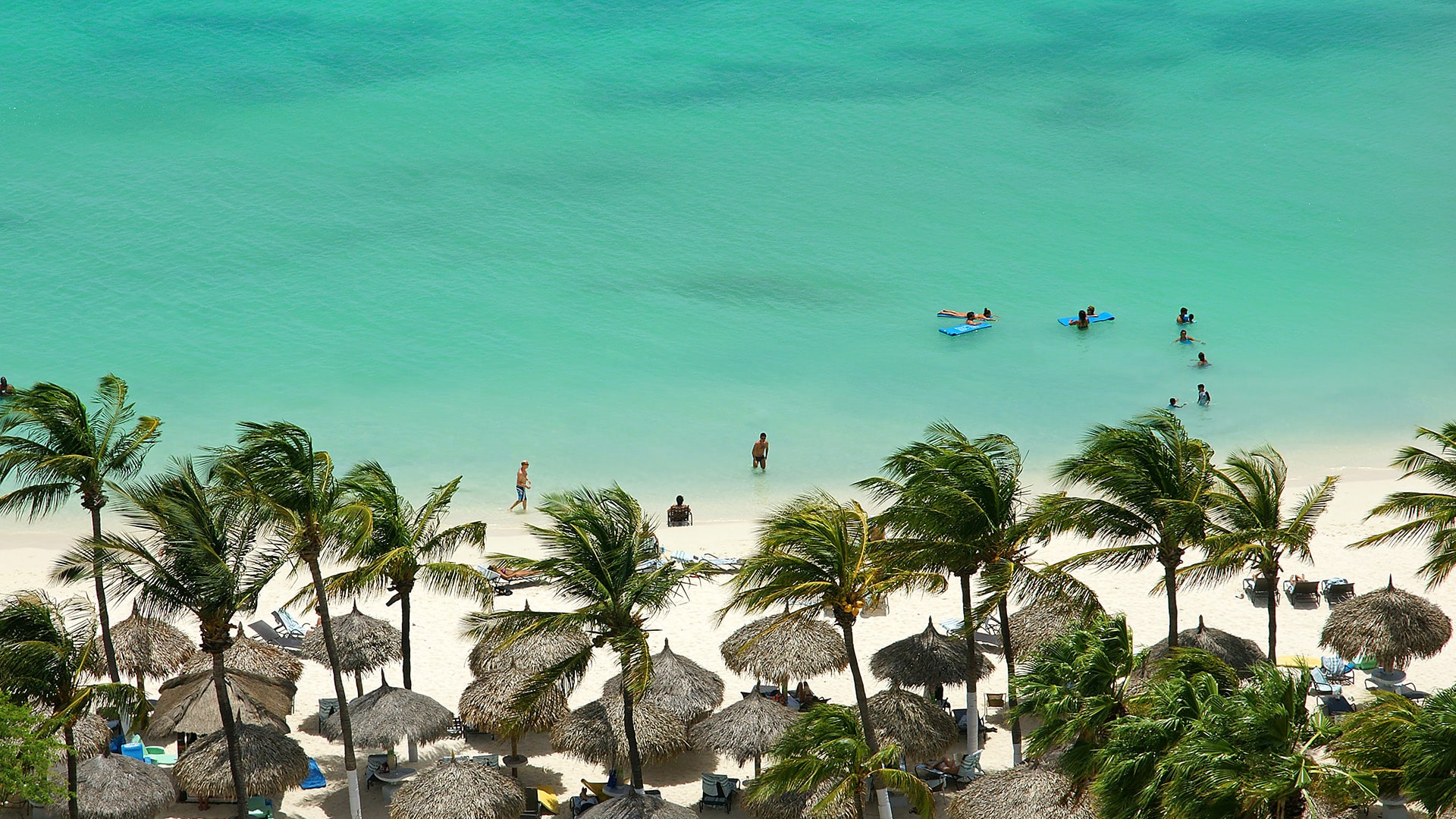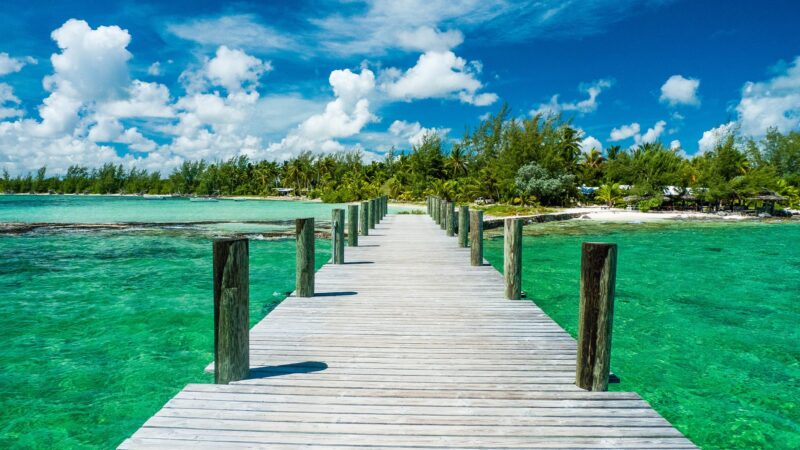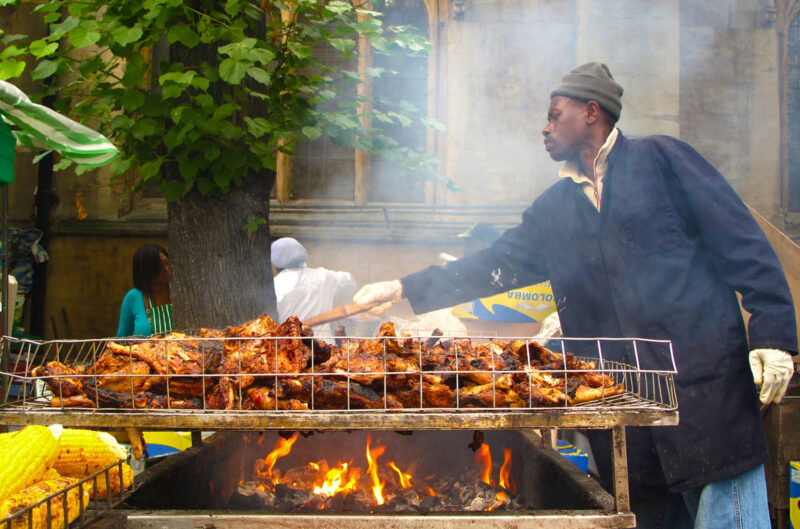The Atlantic hurricane season runs June through December and threatens beach vacation destinations across the Caribbean Basin and the U.S. Southern Tier. Unpredictable weather wreaks havoc on a beach vacation and leaves travelers with few alternatives. However, some destinations are mostly outside the typical hurricane tracks, making the ideal destination for beach vacations during hurricane season. While these destinations aren’t completely devoid of storms, the general rule is that islands closest to South America are more sheltered.
Don’t let hurricane season stop your beach vacation plans—visit one of these countries outside the path of the most vacation-disrupting storms of the season.
Aruba
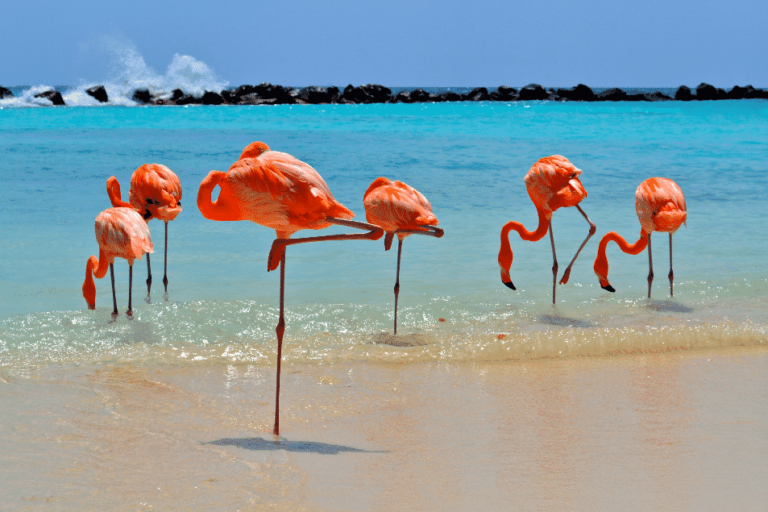
A stone’s throw from South America, the “Happy Island” is a popular favorite for beach-goers. Omnipresent breezes keep the heat and insects at bay, and also contort the island’s famous divi-divi trees into gymnastic shapes.
Visitors to this semi-autonomous Dutch island will find bright, white beaches with fine sand, energetic beach-goers and significant cosmopolitan resorts and local services. Some of the best sunbathing on the island is at Palm Beach, which is fronted by a row of international luxury resorts. On the south shore, Baby Beach is popular for its shallow, sheltered lagoon and docile waves. Eagle Beach is expansive, swimmable and less-trafficked, particularly in the early morning.
Dive a shipwreck, visit a natural rock pool, learn to kitesurf or head to Oranjestad for high-end shopping just outside the cruise terminal.
Curaçao
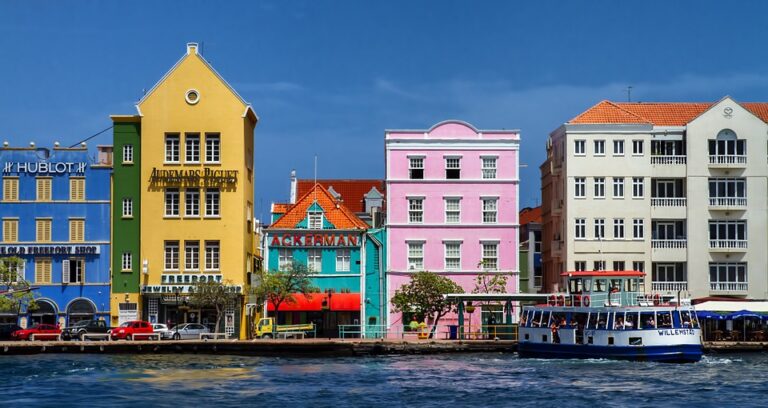
Curaçao sits just a few miles east of Aruba and visitors to this island (which shares a similar semi-autonomous relationship with the Netherlands as Aruba) will find a more urban-colonial atmosphere in the main town of Willemstad. There’s no questioning the island’s Dutch colonial heritage while walking among brightly-colored canal houses, shopping for Delft porcelain and lunching on cheese soup at the Rif Fort or sitting on St. Anna Bay watching the famous swinging drawbridge while sipping a Dutch beer.
The island’s beaches feel almost European. They’re on the smaller side, typically tucked away into quiet or punctuated by rocky cliffs. Swim alongside fishing boats in the tiny inlet of Playa Lagun, where snorkelers poke about the coral reef. Playa Kenepa is two clear-water beaches separated by a rocky peninsula that’s good for photo ops, while dayboat excursions take visitors to the finest white-sand beach on the islet of Klein Curaçao (Little Curaçao).
Bonaire
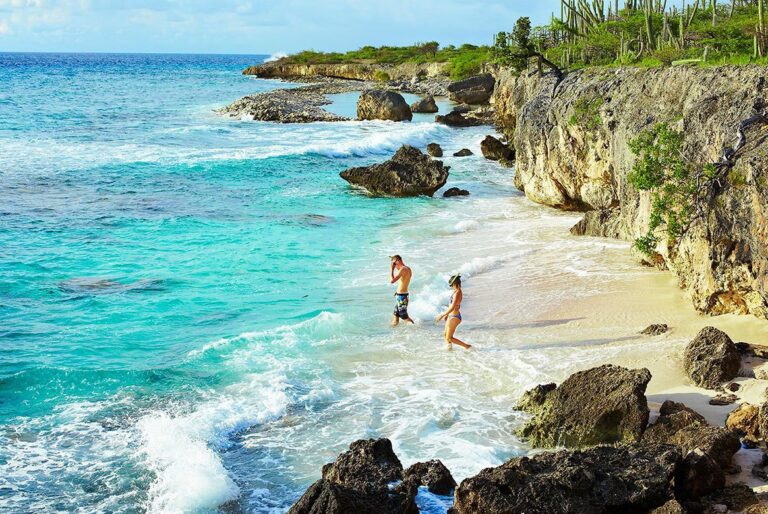
The license plates on Bonaire sum it up: Diver’s Paradise. The least populated of the Dutch “ABC Islands”, yet roughly the same size as Aruba, this is the island for hardcore escapists and die-hard divers. While more famous for diving than beaches, the upshot here is that the beaches are generally uninhabited, particularly when there’s not a cruise ship docked.
Sorobon Beach on the windward side is popular with windsurfers and has scenic views of the small boat docks. Like Curaçao, Bonaire also has a “klein”, or “little” islet, but this one is much closer—right across a short channel. There aren’t many services on Klein Bonaire, but picnics and barbecues are fun for beachgoers who don’t mind toting their own provisions.
Bonaire is a municipality of the Netherlands itself (unlike Aruba and Curaçao which are constituent countries of the larger Kingdom of the Netherlands) but unlike the other two islands, which print their own currency, the U.S. Dollar is the official tender here. Spend USD poking around sleepy European coffee shops in the utterly languid capital of Kralendijk or on a leisurely meal in one of the many tiny, waterfront restaurants with only a handful of tables, gracious service and good food.
Barbados
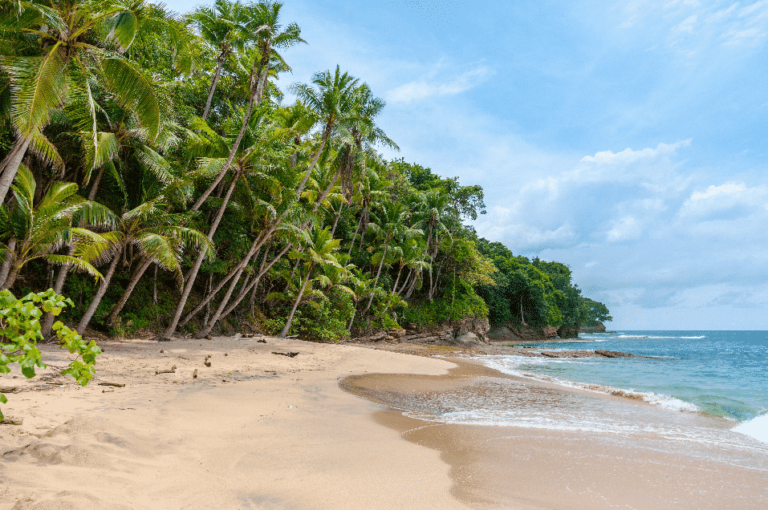
In the far south of the Caribbean is the home of singer Rihanna and a remarkable number of boutique beach resorts. Although a few international hotel brands have snuck in, the majority of lodging options on the island are home-grown and steeped in local flavor. The island’s remote location, rather outside the archipelago of the Leeward Islands, puts it just outside the hurricane belt.
Fronted by several small inns and beach rentals, Sandy Lane Beach is popular with international celebrities and locals alike, while visitors staying in the capital, Bridgetown, will find the soft-sanded Browne’s Beach the most convenient, with lifeguards and full beach facilities. In addition to beaches accessible by road or immediately at the resort hotels, a number of catamaran outfitters afford access to more secluded spots around the island.
Barbados is also known for consistently good surf throughout the year. Expert surfers will likely have heard of surf breaks like the Soup Bowl, while there are several spots on the island where the surf is gentle enough for beginners, like the aptly named Surfer’s Point.
Belize
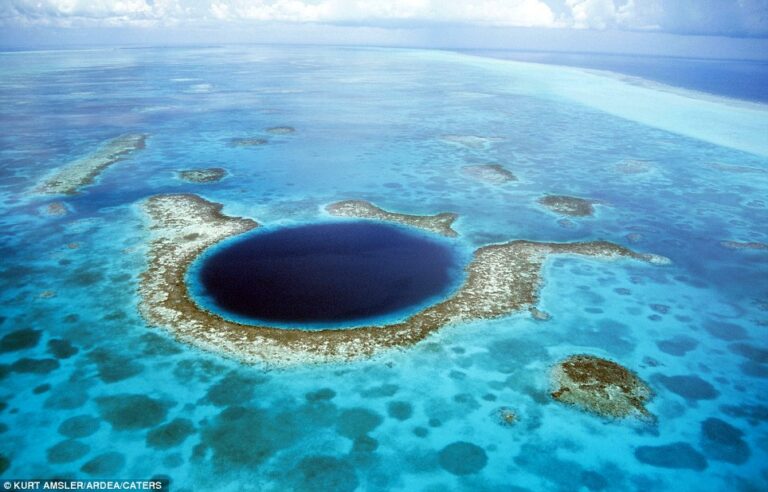
Hurricanes have hit Belize before. The good news is they’re rare, but when they do hit they’re so devastating the country’s capital city was carefully placed away from the coast. The only English-speaking nation in Central America, once called British Honduras, this country’s vibe is a heady brew of African, Caribbean, Mayan and European cultures.
Legend has it that when Madonna dreamt of San Pedro in the song “La Isla Bonita”, she was dreaming about the San Pedro on Ambergris Caye. The beaches here are surrounded by the largest barrier reef in the Western Hemisphere, making for calm waters perfect for lounging, in-water beach volleyball or stand-up paddle boarding. While not in the surf or sand, visitors can pedal around the island on bicycles and explore boutiques, restaurants and resort nightlife.
Those itching to explore by boat should book excursions to the Great Blue Hole for diving or snorkeling, or to the nature preserve at Half Moon Caye, where red-footed boobys, cousin to the blue-footed Galapagos birds, make their colonies.
Roatán, Honduras
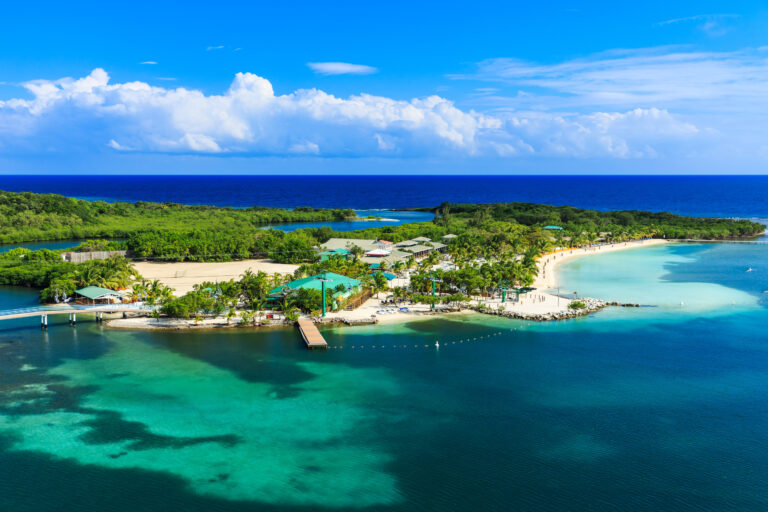
Honduras may be in the middle of Central America, but the country also includes several islands anchored just off the northern coast in the Caribbean Sea, like Roatán. It’s known for dramatic green hills, great snorkeling and diving and a decidedly not-yet-overdeveloped charm.
Half Moon Bay, on the island’s west side, is a tranquil beach with brown-sugar sand and noteworthy snorkeling (keep an eye out for docile whale sharks!). Further south, West Bay has brilliantly clear aquamarine water and coral reefs to poke around either diving or snorkeling. The island’s rainforest is perfect for visitors who prefer land to sea with ziplining, hikes through the beachfront Gumbalina Park, where there are plenty of animal encounters and the eponymous Gumbalimba tree, with bark that’s cool to the touch on the hottest of days.
Guanacaste, Costa Rica
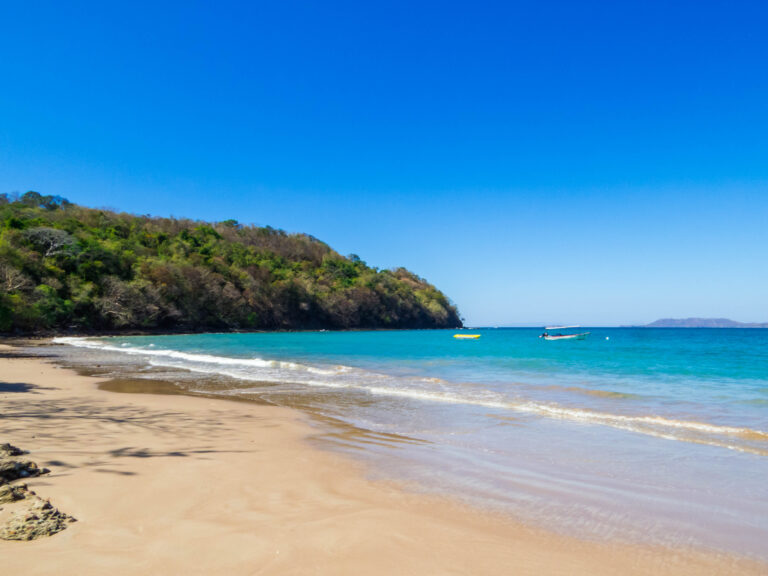
Situated on Costa Rica’s Pacific Coast, Peninsula Papagayo is an up-and-coming eco resort area that’s well-insulated from Atlantic hurricanes (Pacific storms also track further north). There’s a Four Seasons fresh out of a multimillion-dollar renovation in the midst of it all and the peninsula itself feels like an island in the azure Pacific.
Playa Virador, just beneath the resort sits on a sheltered bay surrounded by tropical rainforest, which is also easily hikeable. All the beaches on the peninsula are secluded, as part of a gated development, and the protected coves provide calmer surf and clearer waters, making kayaking and paddle boarding popular activities.
There’s an international airport about an hour away, but adventurous types arriving by boat can take advantage of mooring facilities at the nearby marina, the only such landing spot in the region.
